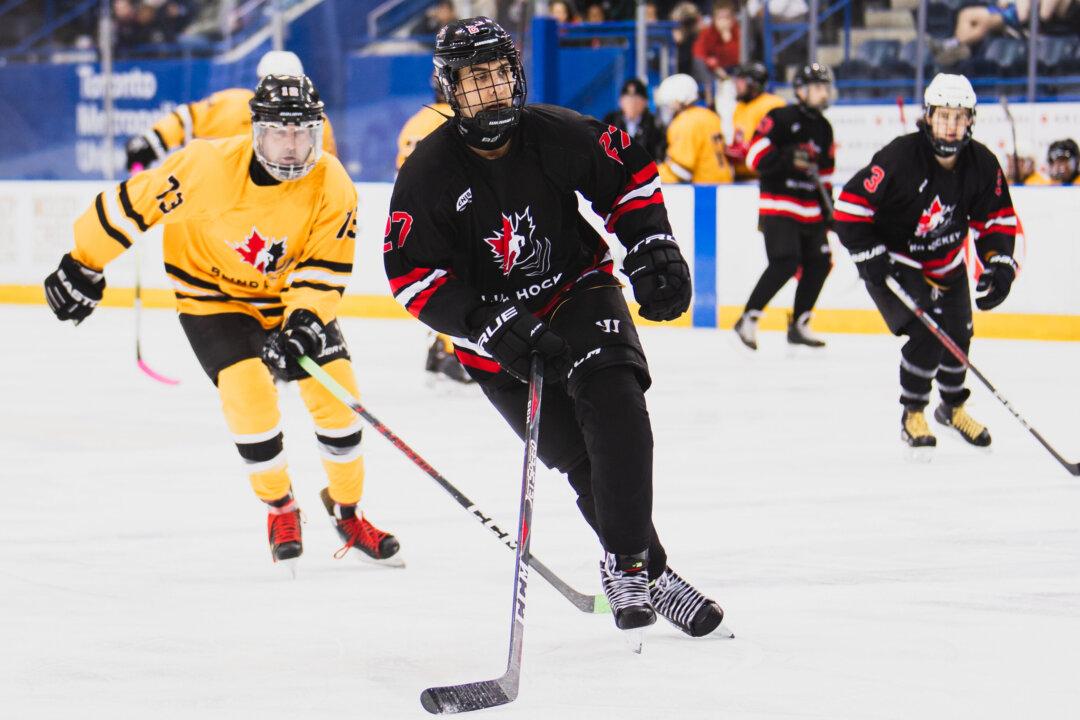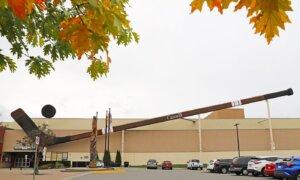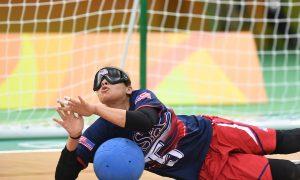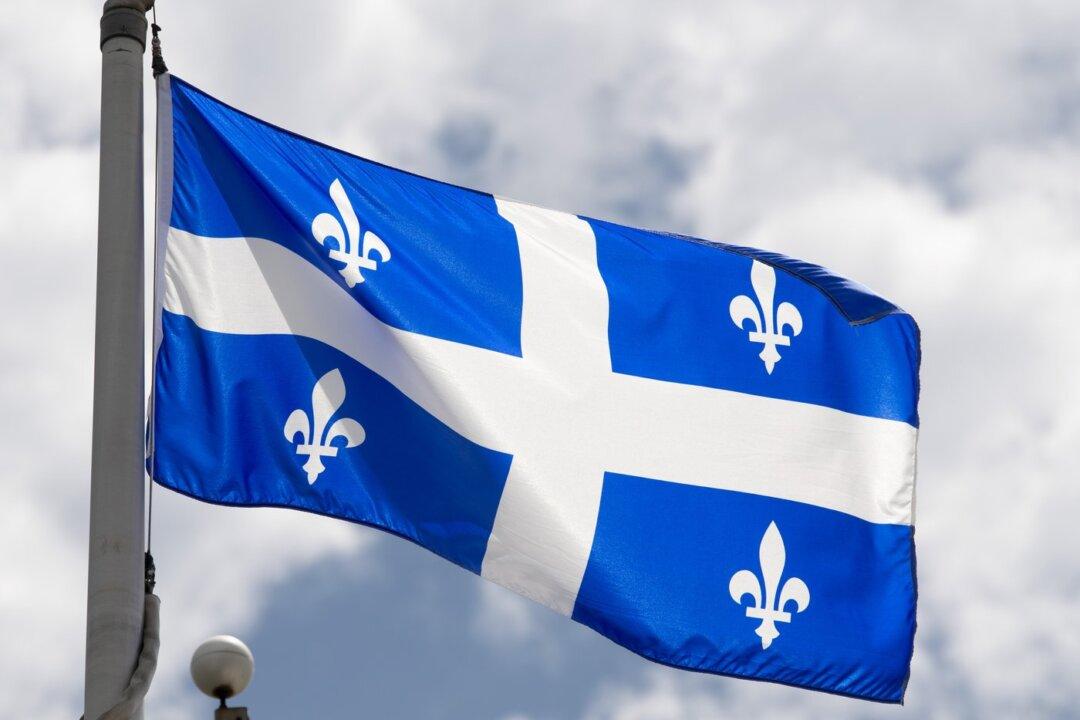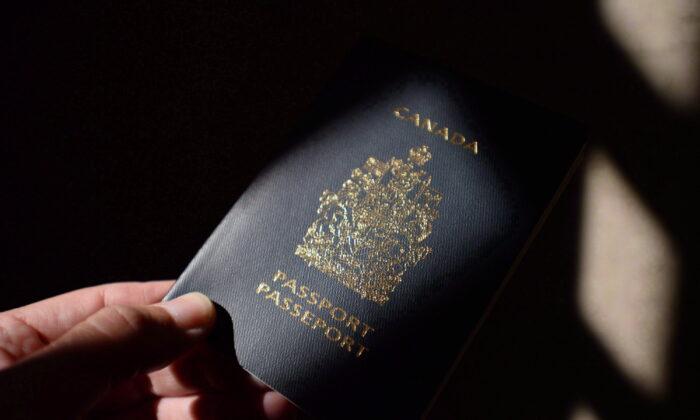Canadian players with little to no eyesight have found success on the ice with blind hockey for more than 70 years with some simple equipment modifications and adjustments to the traditional rules of the sport.
The charity organization Canadian Blind Hockey works for players who are blind or partially sighted, having been diagnosed with 10 percent or less eyesight.
“We found a textbook, that was the history of the school for the blind, and they talked about the superintendent building a rink and introducing the sport in 1946,” Canadian Blind Hockey executive director Matt Morrow told The Epoch Times in an interview.
“It’s been around for a very long time at the recreational level and it wasn’t really until roughly 2010 when we got the teams in Canada together and set about creating the Canadian Blind Hockey Association that it sort of started to get more formalized.”
The Toronto Ice Owls Blind Hockey team was founded in 1972, building awareness about the sport.
Blind hockey works by modifying equipment, such as the puck, and by striving for fairness among players through its points system.
B1 players get one point, B2 players get two, and B3 players have three points. No team can have more than 14 points on the ice during the games.
“The point system ensures not only that both teams have approximately the same level of vision, but also that there are roles on the team for strong players of all different sight classes,” the website says. “All goalies must be classified as B1’s.”
Co-ed teams are created at the tournament based on players’ age, level of vision, and level of ability. This ensures players get a chance on the ice even if they come from a community that does not have a blind hockey team, the website says.
Blind Hockey Growing
Mr. Morrow said the game has grown in popularity among younger players.“When we started, it was basically an adult recreational pastime. And we’ve put together children’s games and all-ages teams across the country,” he said. “This year over a third of participants were under 18 at the national. So that’s the future of the sport right there.”
Players also have an opportunity to compete on a global level, according to Canadian Blind Hockey.
“Currently Team Canada and Team USA are the only two national programs in the world and compete against each other annually,” the organization’s website said.
“At this level, teams are not divided based on equal levels of age, experience, or vision, but rather the coaching staff of each nation will draft the best team possible.”
Blind hockey programs are being developed in England, Finland, Russia, and Australia, thanks to the work of Canadian Blind Hockey, through the development of the International Blind Ice Hockey Federation (IBIHF).
